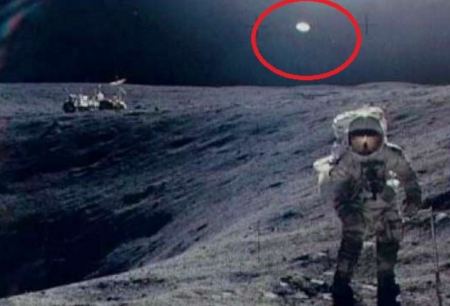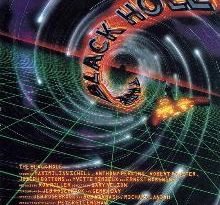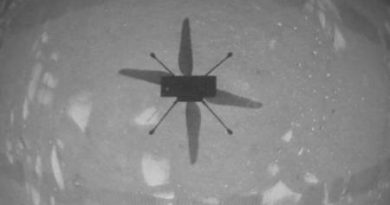Moon landers selected by NASA (science news).
While things on Earth might not be going totally swimingly, we’re at least still keeping one eye on the stars and beyond – in this case, NASA has selected the three firms they want to develop different designs for lunar landers and the expanded Moon missions on the way – the agency’s Artemis program.
Blue Origin of Kent, Washington, is developing the Integrated Lander Vehicle (ILV) – a three-stage lander to be launched on its own New Glenn Rocket System and ULA Vulcan launch system.

Dynetics (a Leidos company) of Huntsville, Alabama, is developing the Dynetics Human Landing System (DHLS) – a single structure providing the ascent and descent capabilities that will launch on the ULA Vulcan launch system.
SpaceX of Hawthorne, California, is developing the Starship – a fully integrated lander that will use the SpaceX Super Heavy rocket.
Fifty years ago, NASA’s Apollo Program proved it is possible to land humans on the Moon and return them safely to Earth. When NASA returns to the Moon in four years with the Artemis program, it will go in a way that reflects the world today – with government, industry, and international partners in a global effort to build and test the systems needed for challenging missions to Mars and beyond.
“We are on our way,” said Douglas Loverro, NASA’s associate administrator for Human Explorations and Operations Mission Directorate in Washington. “With these awards we begin an exciting partnership with the best of industry to accomplish the nation’s goals. We have much work ahead, especially over these next critical 10 months. I have high confidence that working with these teammates, we will succeed.”
NASA’s commercial partners will refine their lander concepts through the contract base period ending in February 2021. During that time, the agency will evaluate which of the contractors will perform initial demonstration missions. NASA will later select firms for development and maturation of sustainable lander systems followed by sustainable demonstration missions.
NASA intends to procure transportation to the lunar surface as commercial space transportation services after these demonstrations are complete. During each phase of development, NASA and its partners will use critical lessons from earlier phases to hone the final concepts that will be used for future lunar commercial services.
“I am confident in NASA’s partnership with these companies to help achieve the Artemis mission and develop the human landing system returning us to the Moon,” added Lisa Watson-Morgan, HLS program manager at NASA’s Marshall Space Flight Center in Huntsville, Alabama. “We have a history of proven lunar technical expertise and capabilities at Marshall and across NASA that will pave the way for our efforts to quickly and safely land humans on the Moon in 2024.”
Big News! The #Artemis generation is going to the Moon to stay. I’m excited to announce that we have selected 3 U.S. companies to develop human landers that will land astronauts on the Moon: @BlueOrigin, @Dynetics & @SpaceX. https://t.co/mF6OzFqJJC pic.twitter.com/nuMQlDIyGS
— Jim Bridenstine (@JimBridenstine) April 30, 2020




